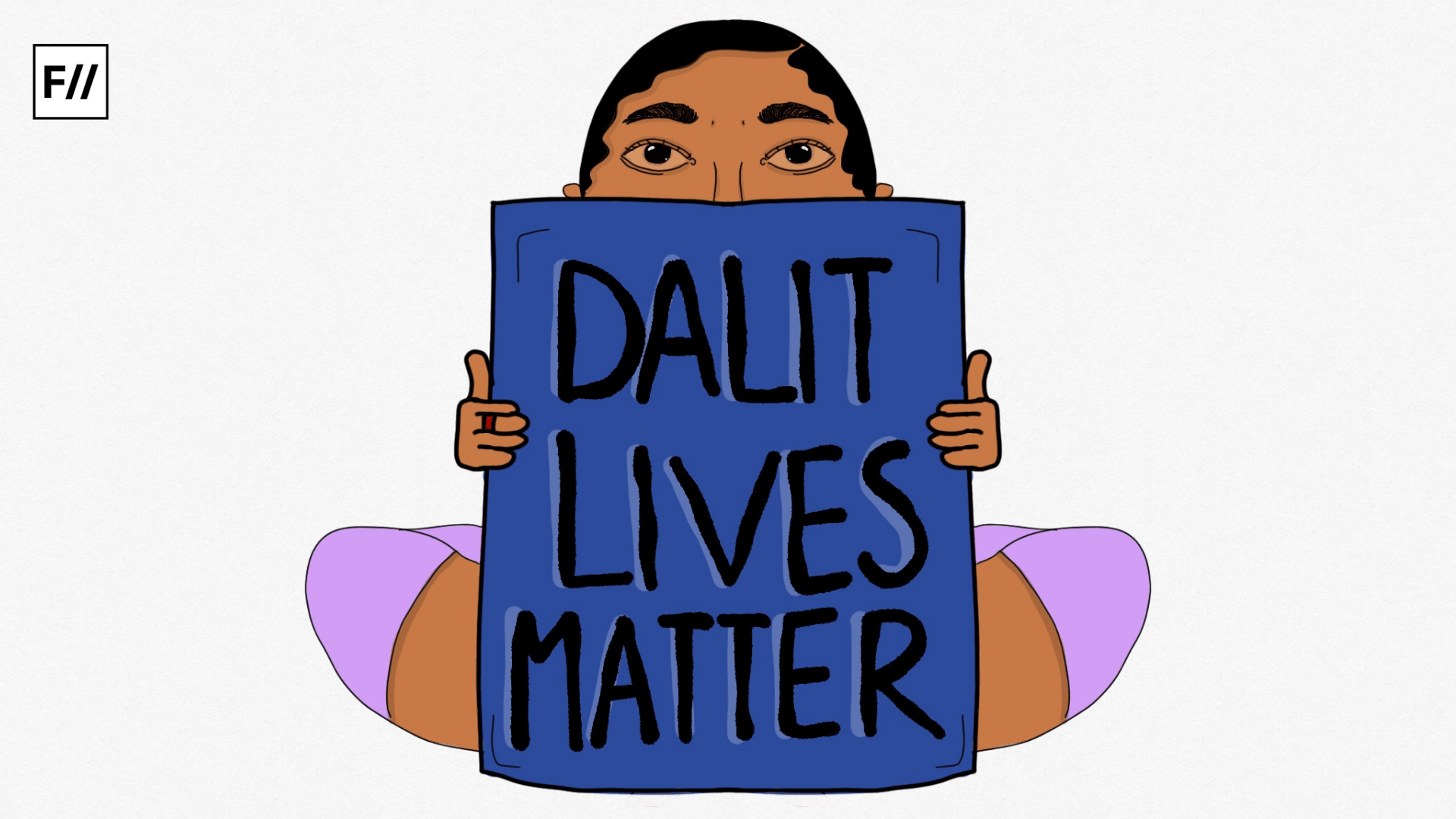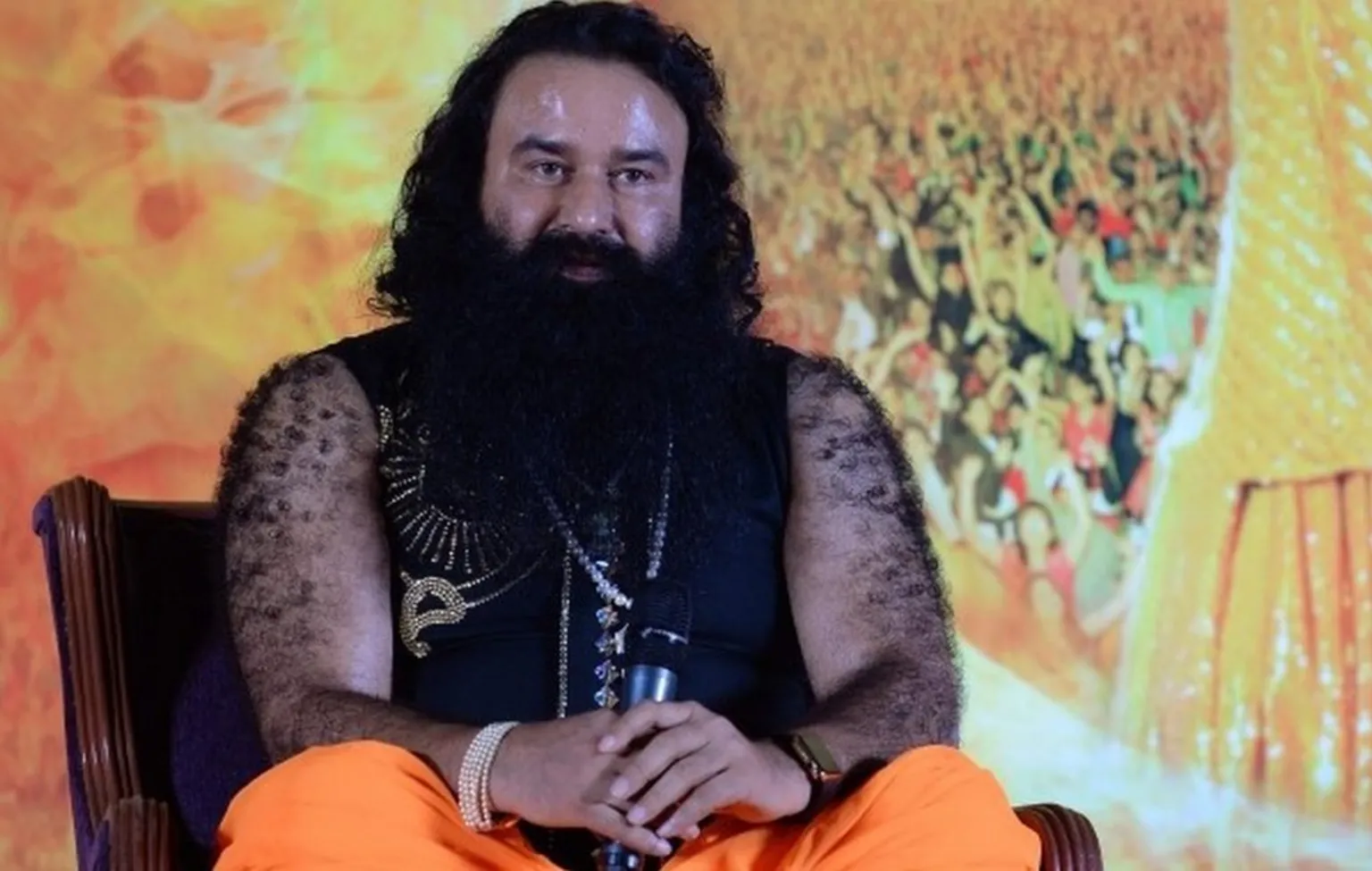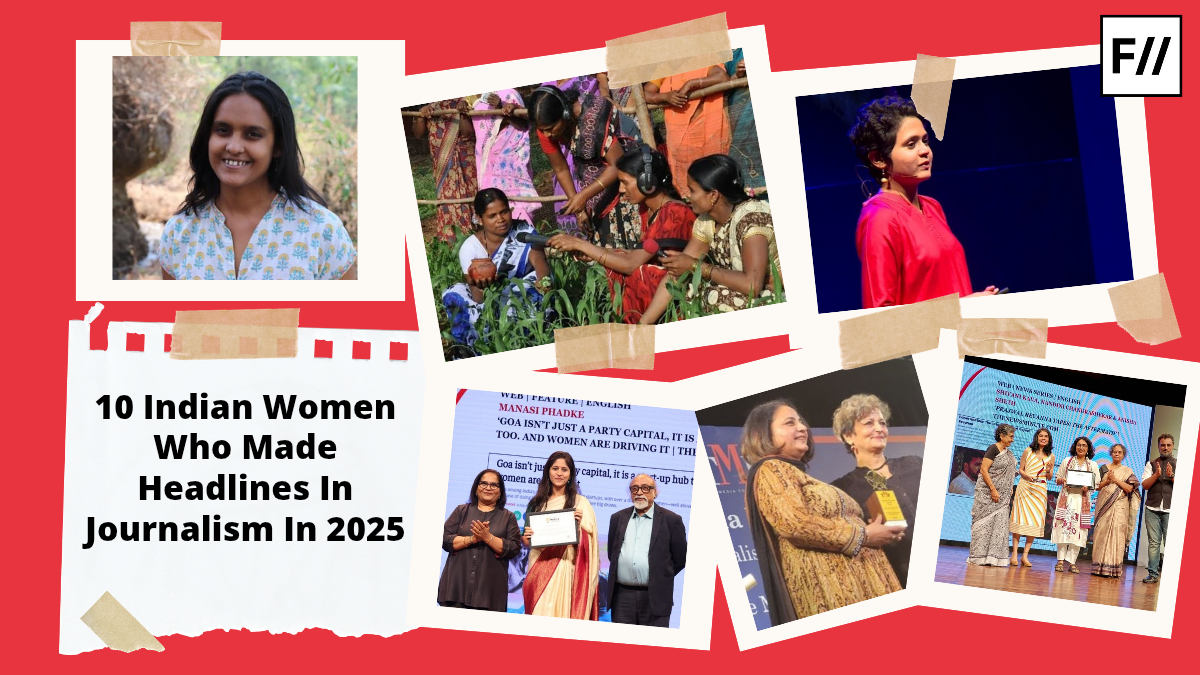Oppression against caste and tribal communities has been an age-old issue in India, rooted deeply in casteist ideologies and prejudices. It comes as no surprise that progress has been not in uprooting this mindset but in the increasing number of atrocities against members of the community.
A recent government report by the Ministry of Social Justice and Empowerment under the Scheduled Caste and Scheduled Tribe (Prevention of Atrocities) Act, 1989, reveals stats for cases of atrocities against people of Scheduled tribes and Scheduled castes in 2022. This report is an attestation of the unjust treatment towards members of SCs and STs.
The annual report under the PoA Act for the year 2022 was published in September 2024, reveals the number of cases registered for atrocities against people of Scheduled Castes and Scheduled Tribes and measures taken by the government for prevention.
The report is a neglected reflection of the suppressed realities of caste and tribal communities in India. While innumerable cases go unreported, according to the Govt report, 62,501 cases were recorded of atrocities against members of SCs and STs cumulatively in 2022. Of these 52,766 cases were found to be related to SCs and 9,735 to STs. The concern lies in the fact that these numbers have only increased over the past 20 years.
Social apartheid against SC and ST in figures
The report shows 13 states collectively accounting for 97.7 per cent (51,656) of the total cases relating to offences against members of SCs which points towards the alarming concentration of hostility towards members of the Scheduled castes in certain states. Uttar Pradesh recorded the highest numbers, singlehandedly accounting for 12,287 cases. At the same time, Rajasthan and Madhya Pradesh recorded 8,651 and 7,732 cases respectively. The three states were culpable for 28,670 cases collectively making up 55.5 per cent of the entire figure. These numbers were followed by Bihar (6,509), Orissa (2,902), Maharashtra (2,276) and Andhra Pradesh (2,190).
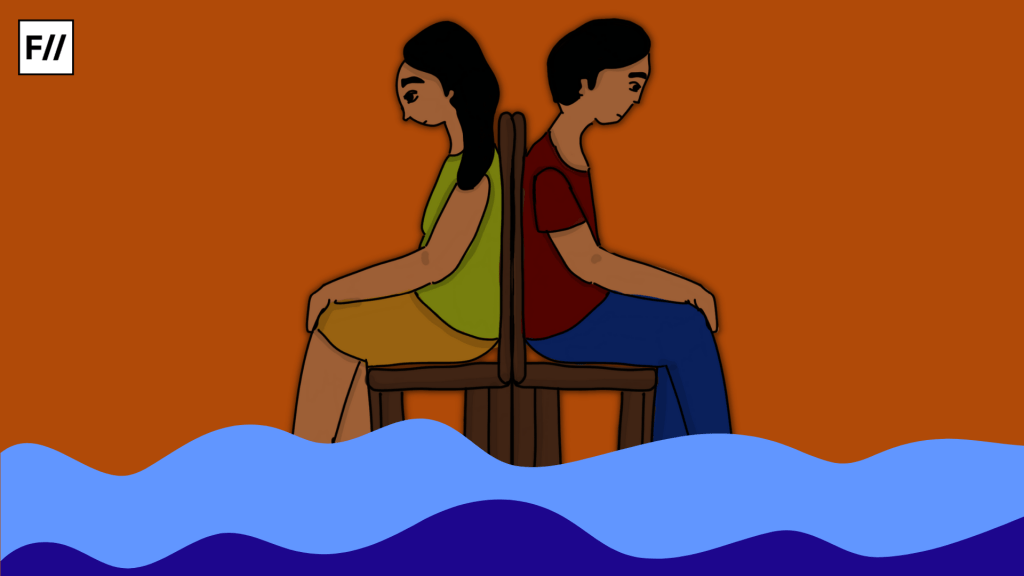
For offences against members of STs, out of 9,735 cases, 13 states were accountable for 8,330 of them. Maintaining the trend, Madhya Pradesh and Rajasthan recorded the highest numbers and comprised 56% of the total atrocities committed, followed by Orissa (773), Maharashtra (688) and Telangana (529).
The reality of these numbers is much bigger than can be perceived on paper. Discriminatory practices against lowered castes and tribal communities are part of the social norms in most of the above-mentioned states, which only take the face of a numerical figure in the worst cases. An article reported by The Frontline portrayed the social apartheid prevalent in states like Uttar Pradesh. The practice of “social distancing” has been the convention for members of SCs and STs since much earlier than the pandemic. The reality of a Dalit member of society resides under the foot of the “thakurs” of their village. Dalit women are expected to sit on the floor and wait till the upper castes are fed at weddings. Also, it is considered beneath the dignity of the upper caste to approach Dalits for any work whatsoever. It is only when the situation is very grave that a case is reported.
The renowned sociologist Prof. Avijit Pathak spoke in the same article “We see caste prejudices and forces of a patriarchal society well entrenched in towns and villages of U.P. The dominant castes are backed by political representatives. They are very aggressive, hyper-masculine and becoming more and more intolerant and insensitive to issues related to equality. It is in tune with the political philosophy prevalent in the State. From Unnao to Hathras, we have seen the recurrence of violence, and the glorification of brute masculinity. U.P. is a particularly bad case of caste prejudice.“
Looking back to the 2002 PoA annual report, the total number of cases relating to people of SCs and STs stood at 27,894 doubling over the past two decades. Madhya Pradesh, Uttar Pradesh and Rajasthan have steadily progressed with the number of cases while retaining their lead among all other states throughout these decades, only switching between the top 3 positions. In 2002, Madhya Pradesh recorded the highest number of cases with 6,758 cases, followed by Uttar Pradesh (5,841) and Rajasthan (5,464). The numbers have only increased.
“From the above data, it is seen…” Is it seen?
In 2022, the figure for cases related to SCs still undergoing police investigation, including the cases brought forward from previous years was a humongous 69,597 and for members of STs, it was 12,417. 2,702 cases related to STs and 17,166 about SCs were still pending with the police and under the process of investigation in 2022.
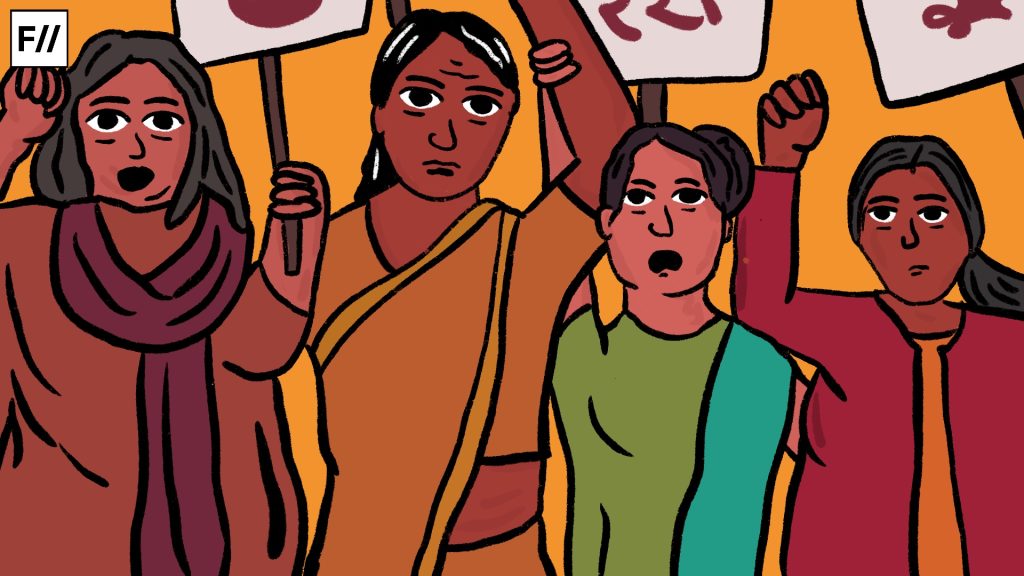
Coming to the judicial system, only 14,934 cases were disposed of in 2022 out of the remaining 2,48,012 cases made by people of SCs and only 2,791 were disposed of out of a total of 43,616 cases in court by STs. The data reflected that only 6.02 per cent of total cases relating to SCs were settled by the courts of which only 32.65 per cent ended in conviction. Likewise, 6.40 per cent of cases relating to STs were settled by the courts, of which only 31.24 per cent ended in conviction, in 2022. One of the most concerning trends highlighted in the report is the declining conviction rate for cases under the Act. In 2022, the conviction rate dropped to 32.4 per cent from 39.2 per cent in 2020.
By the end of 2022, 94.25 per cent of cases relating to members of Scheduled Castes remained pending, while for Scheduled Tribes the figure was 93.55 per cent of cases.
Way forward or backwards?
The report also lays out the provisions for the prevention of the atrocities. The PoA Act provides the provision of Exclusive “Special Courts” for speedy trials. State governments are instructed to establish “adequate number of Courts to ensure that cases under the Act are disposed of within a period of two months, as far as possible.”
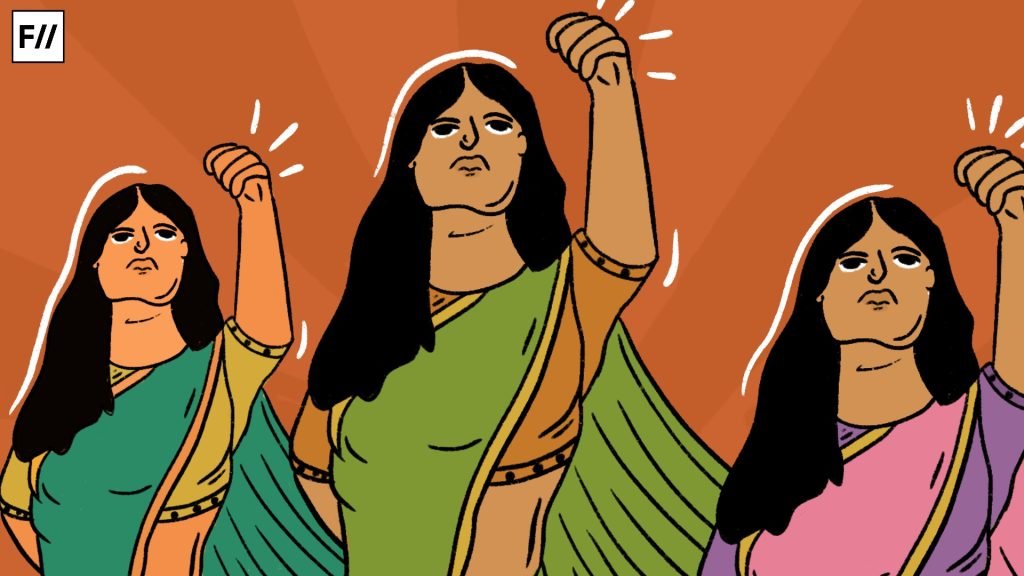
“State Governments and Union Territory Administrations of Andhra Pradesh, Assam, Bihar, Chhattisgarh, Goa, Gujarat, Haryana, Himachal Pradesh, Jharkhand, Karnataka, Kerala, Madhya Pradesh, Maharashtra, Meghalaya, Mizoram, Odisha, Punjab, Rajasthan, Sikkim, Tamil Nadu, Telangana, Tripura, Uttar Pradesh, Uttarakhand, West Bengal, Andaman & Nicobar Islands, Chandigarh, Dadra and Nagar Haveli and Daman and Diu, NCT of Delhi, Jammu & Kashmir, Ladakh and Puducherry have designated District Session Courts as Special Courts,” said report.
The act also demands the identification of atrocity-prone areas. So far only Andhra Pradesh, Bihar, Chhattisgarh, Gujarat, Madhya Pradesh, Odisha, Rajasthan, Tamil Nadu, Telangana and Andaman & Nicobar Islands, have identified the atrocity-prone/Sensitive areas. Uttar Pradesh concerningly has not identified any atrocity-prone areas. Meanwhile, the identification of such areas by Madhya Pradesh and Rajasthan has not improved the ground reality of its people.
On paper, the Act provides many more provisions for the prevention of atrocities, as its name suggests, but the figures of the same report illustrate a different reality. Measures are often suggested and recommended to eliminate such practices but none to eliminate such mindsets. Even for recommendations made under the PoA Act back in 2016, there is barely any tangible implementation. Police investigations are dillydallied and the judicial system remains stagnated in essence and practice.
About the author(s)
Ketki (she/her), is a curious political science student who loves exploring new ideas, places, and cultures. She has gained diverse work experience across event logistics, exhibitor relations, and research, always eager to learn something new. She has a soft spot for cats. In her free time, she loves to travel, listen to wildly different music and watch thrillers.
